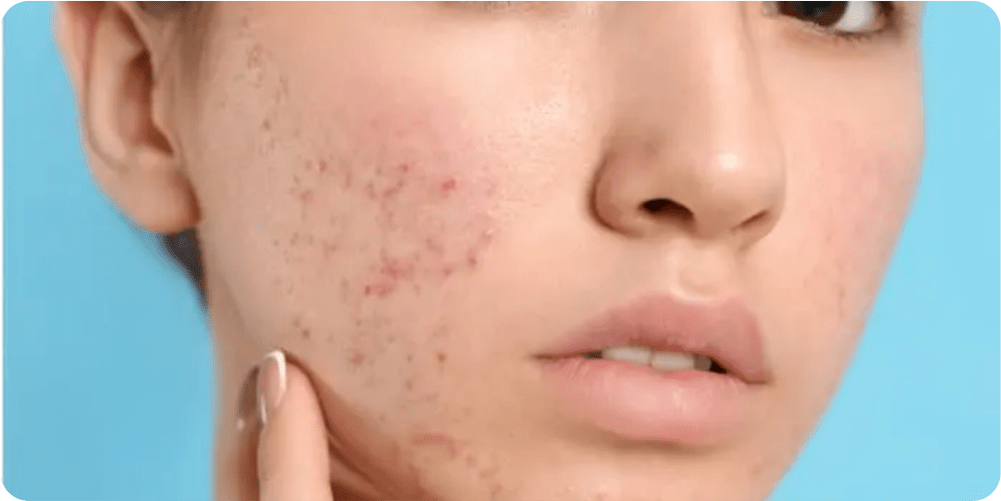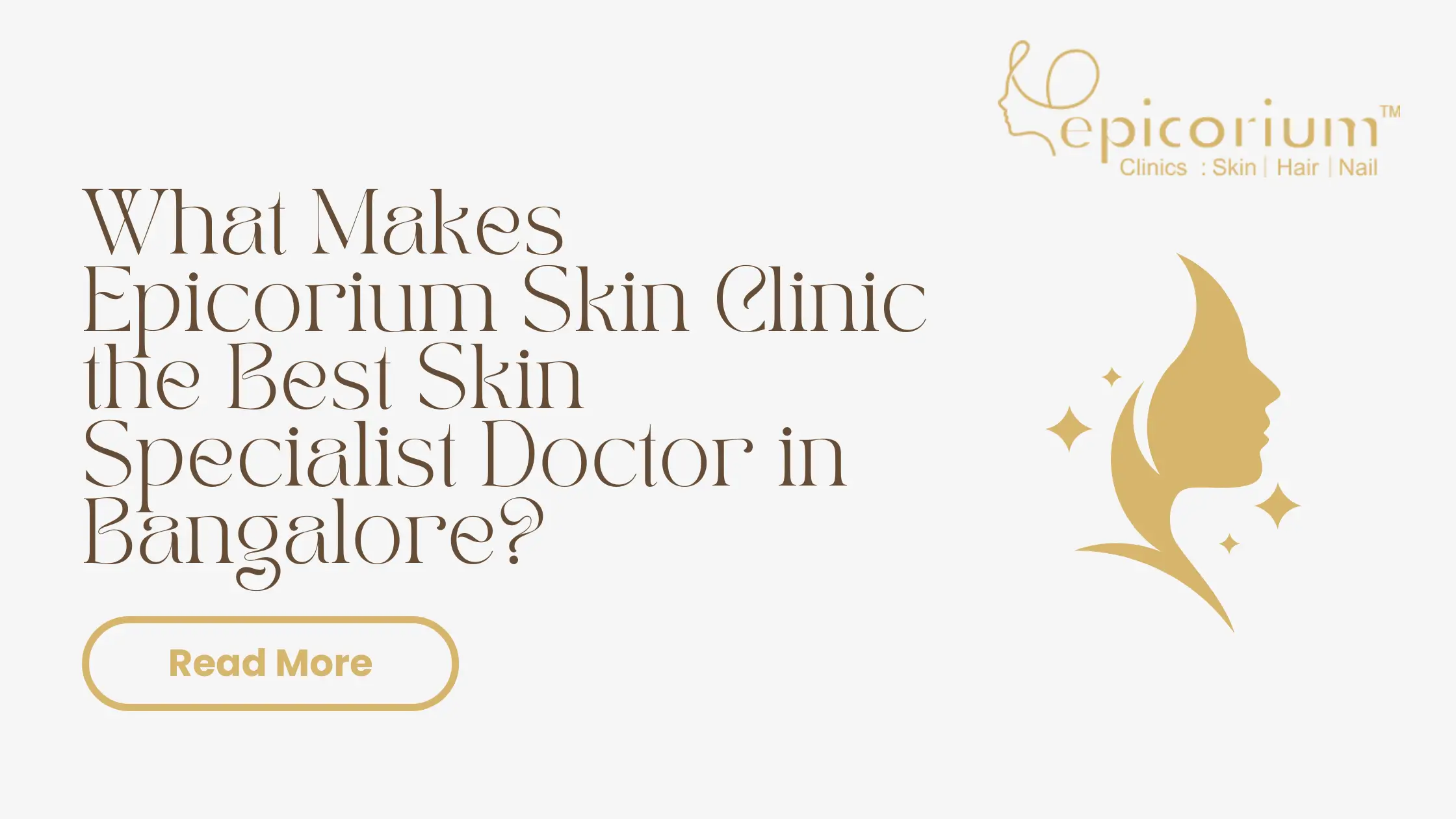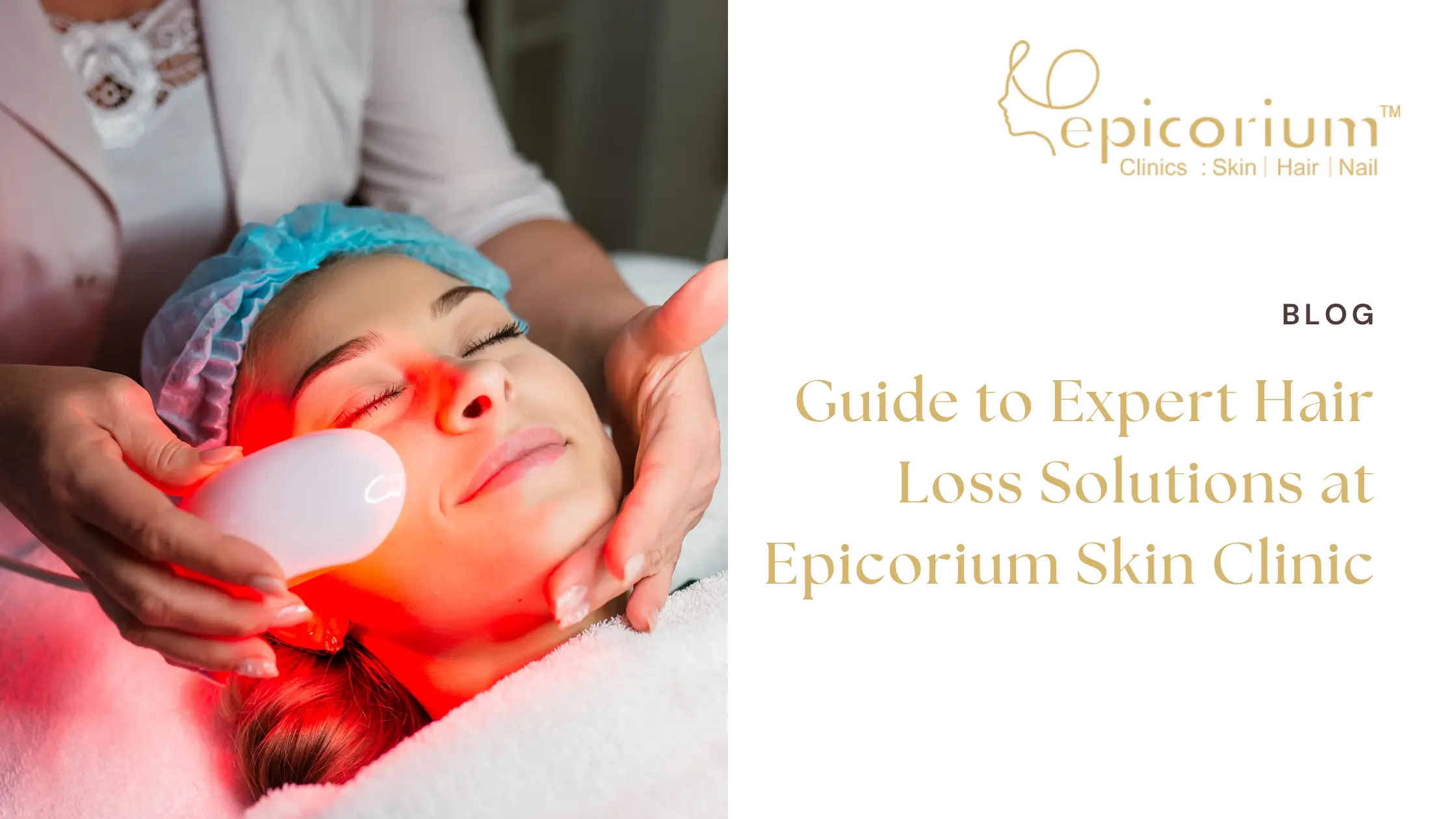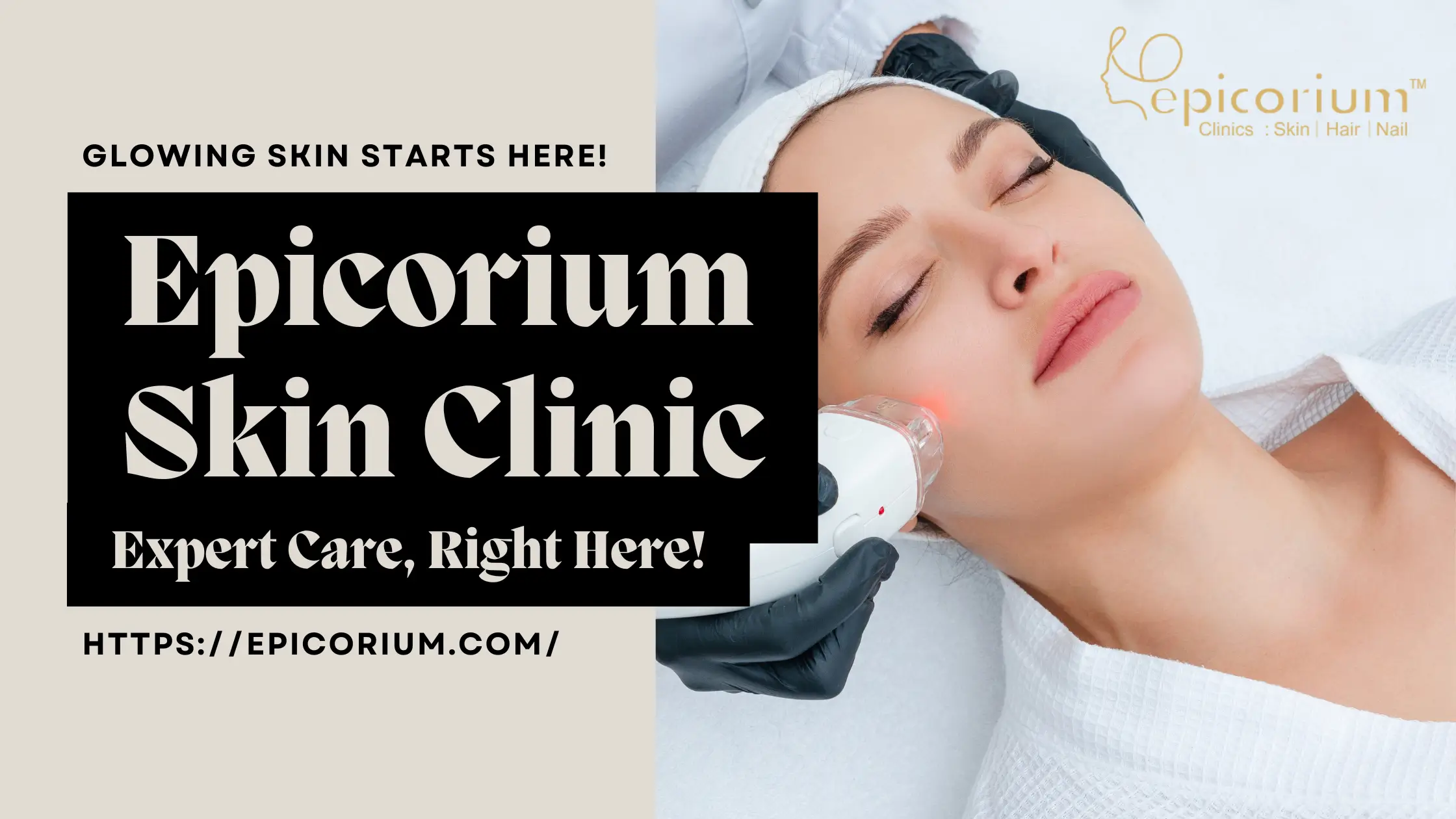
What is Acne Surgery?
Acne surgeries are surgical procedures that can be used in conjunction with other acne treatments or to treat acne scarring after they have healed. A dermatologist can employ a number of methods to lessen acne symptoms and enhance the appearance of the skin.
Can surgery treat acne?
There is some indication that physical methods, such as surgery, can be a successful acne treatment, particularly for acne that is resistant to other treatments, however more research is still required. However, the majority of dermatologists normally recommend topical and oral medications as initial therapy and might even recommend surgery as a supplement.
Read MoreWhat is Acne Surgery?
Acne surgeries are surgical procedures that can be used in conjunction with other acne treatments or to treat acne scarring after they have healed. A dermatologist can employ a number of methods to lessen acne symptoms and enhance the appearance of the skin.
Can surgery treat acne?
There is some indication that physical methods, such as surgery, can be a successful acne treatment, particularly for acne that is resistant to other treatments, however more research is still required. However, the majority of dermatologists normally recommend topical and oral medications as initial therapy and might even recommend surgery as a supplement.
There are numerous varieties of acne surgery. Trusted Source Depending on the type of acne a person has and their medical background, a doctor will advise a particular type. Many of the procedures can be done in a dermatologist’s clinic.
Scarring from acne is a frequent issue that many people may get, especially when waiting too long to get treatment for active acne. Evidence According to a reliable source, surgical procedures are a good way to achieve satisfactory cosmetic results. 2020 research While it is challenging to completely eliminate acne scars, according to Trusted Source, combining several treatments can lead to greater results for all patients with various skin tones.
Types of acne surgery
Some types of acne surgery include:
Incision and drainage
A dermatologist can perform an incision and drainage procedure to treat a large pimple, painful cyst or nodule. It involves creating a small opening in the blemish with a needle or surgical blade. The dermatologist can then apply a small amount of pressure to drain the contents, reducing pain and swelling.
Blemish extraction
Blemish extraction is a treatment dermatologists perform for blackheads and whiteheads. It may be tempting for some people to squeeze these blemishes themselves, but this can cause more damage. Using sterilized tools, a dermatologist gently applies pressure on the blemishes, pushing their contents out of the follicle.
Laser surgery
Laser surgery works by penetrating layers of the skin and eradicating acne-causing bacteria. The heat from the laser may also cause selective destruction of blood vessels that supply oxygen to the glands that produce oil, lowering oil secretion into the skin.
Some types of laser surgery include:
- Pulse dye laser
- Intense pulsed light (IPL)
- Infrared laser
- Various wavelengths of visible light such as blue light
Injections
Corticosteroid injections, or intralesional steroid injections, can be an effective treatment for reducing the size and inflammation of acne blemishes. A dermatologist may use this for large and painful cysts and nodules that other treatments have failed to treat. The injection will flatten most inflamed acne in 48–72 hours.
Chemical peels
Chemical peeling is a procedure that resurfaces and exfoliates the skin. The procedure may be a superficial, medium, or deep peel. A dermatologist will select the most appropriate peel for a person. The chemical peel treats acne by promoting the shedding of the skin, which can then begin to heal. It also decreases oil production and pore size, as well as reducing inflammation and bacteria in the skin.
Recovery time can vary depending on the depth of the chemical peel, with the skin initially being red, followed by a phase of the skin peeling.
Cryotherapy
Cryotherapy is a procedure that involves the application of a cold liquid, usually liquid nitrogen, or carbon dioxide, to the area of acne. How long the liquid is in contact with the skin will depend on the type and size of acne. The liquid promotes superficial peeling of the skin and can reduce inflammation in blemishes such as papules, pustules, cysts, and nodules.
What are the Potential dangers?
There are hazards involved even though many acne operations are rather simple and can be done in the doctor’s office. The following are some possible side effects of acne surgery:
Pigmentary changes, which are more likely to occur in people with a darker skin tone, scarring in the treated area, although this may be a result of the healing process for that surgery infection, particularly if a person has an immunocompromised immune system or they do not follow the recommended aftercare.
Each surgical procedure may include additional hazards. To choose which treatment is best for them, people may want to speak with their dermatologist about the advantages and disadvantages of a procedure. One can lessen the possibility of side effects by according to their dermatologist’s instructions both before and after surgery.
What are the uses of this treatment?
Acne surgery can also be used to improve the appearance and completely resolve all kinds of acne scars, including:
- Macular-erythematous scars
- Depressed or ice pick scars – These are sharp and deeply depressed scars, usually with a wide surface and a narrow base.
- Rolling scars – These are bands of scar tissue that cause a rolling appearance on the face.
- Boxcar scars – These are round or elongated scars that are wide both at the surface and base looking like craters in the skin.
- Elevated hypertrophic scars – These are elevated scars that may have keloids or papules.
- Bridging scars – These are multiple linear scars that are joined by epithelial tracts. They usually contain sebum and have a foul smell.
The goal of acne surgery for the treatment of post-acne scars is to make the scars less visible and improve the overall cosmetic appearance of the patient’s face.
FAQs
The following lifestyle modifications can be made by someone with persistent acne to help prevent breakouts:
• Avoiding touching the face
• Washing the face twice a day and after sweating
• Allowing the skin to heal on its own and avoiding picking or popping any blemishes
• Shampooing the hair regularly if it is particularly oily
• Avoiding the use of too many products, instead trying one product at a time and allowing 4–6 weeks to work
Acne can be challenging to manage and may benefit from a combination of several treatments. A person's daily life might be significantly impacted and emotionally distressed by persistent acne.
It is advised to seek advice and treatment from a dermatologist if a person finds it difficult to manage their acne, if it hurts, leaves scars, or negatively impacts their mental health.
Acne surgery can be recommended for the treatment of active acne and post-acne scarring.
For the treatment of active acne, surgery is performed as an adjunct therapy, especially in severe or complicated cases wherein medical therapy is insufficient or ineffective. The goal is to treat active acne and ensure that the skin heals properly and completely, regardless of its cause.



